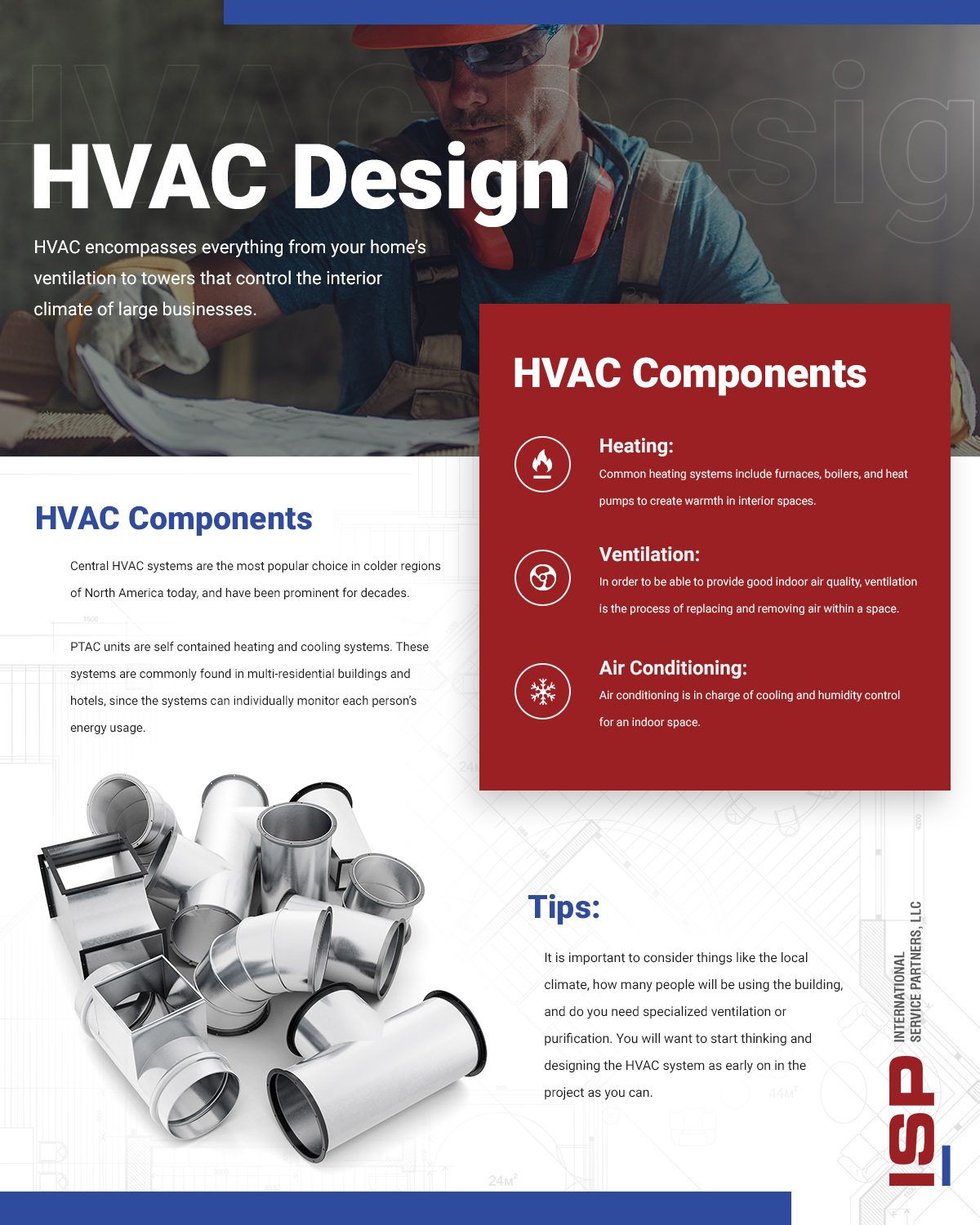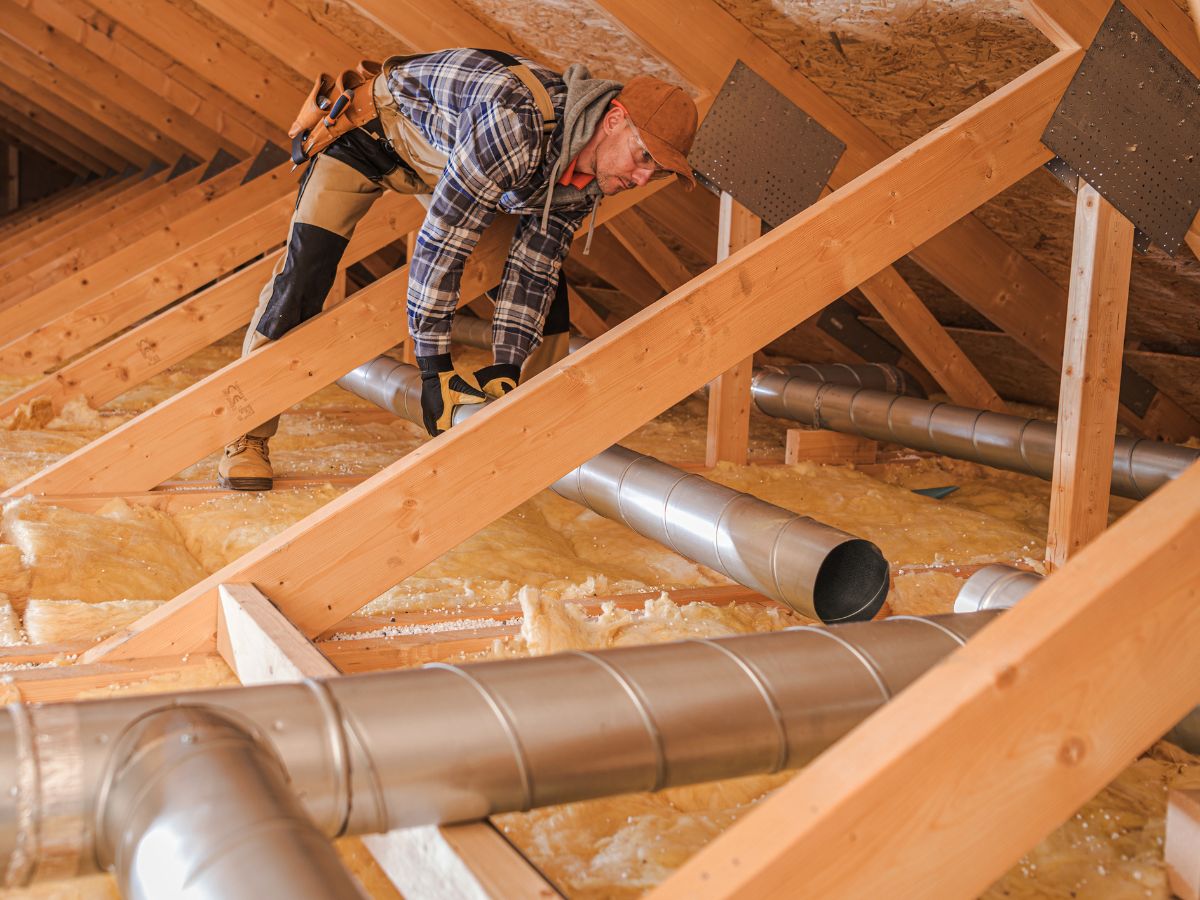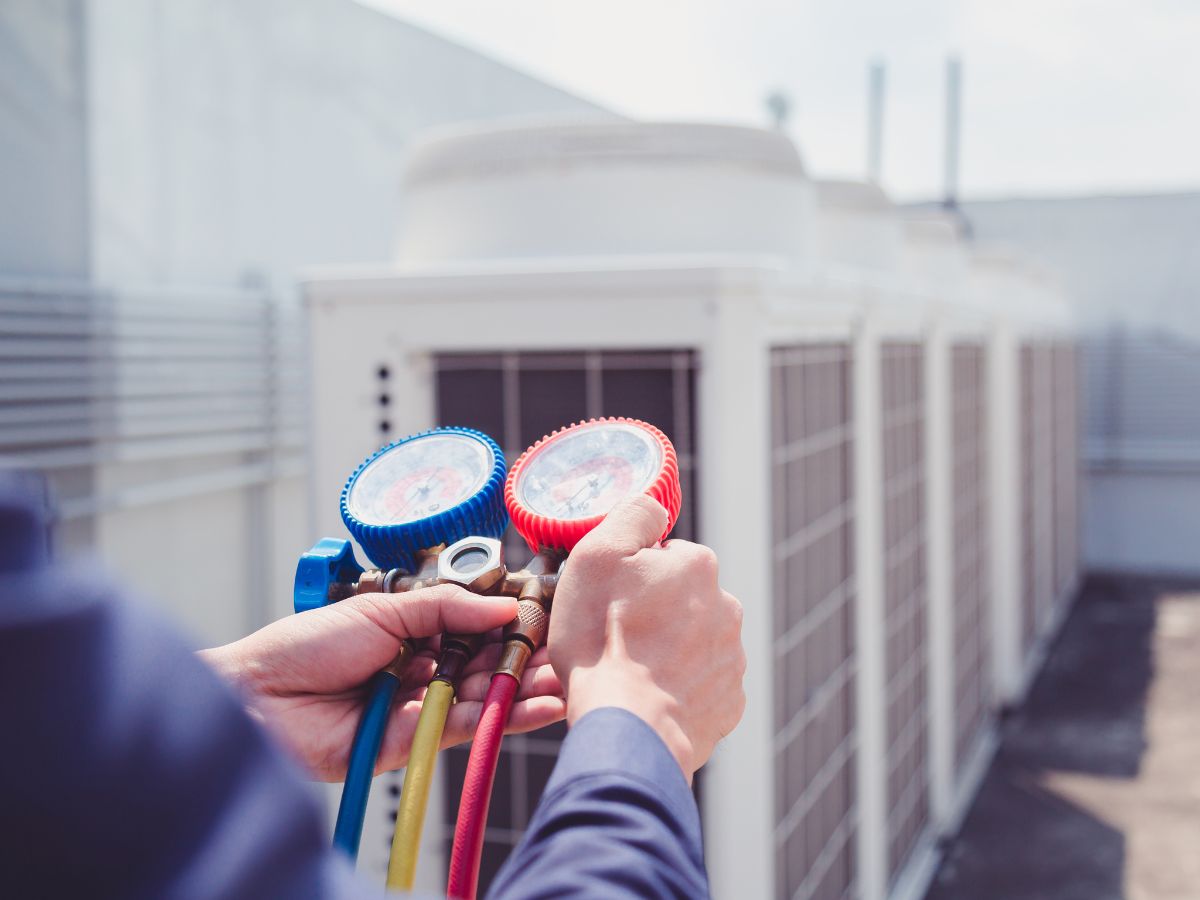/ MEP Design / HVAC Design
HVAC Design
HVAC Design

HVAC Components
HVAC, short for heating, ventilation, and air conditioning, is critical to any building. ISP understands these components and how it should be designed for maximum efficiency.

Heating:
Common heating systems include furnaces, boilers, and heat pumps to create warmth in interior spaces. The heat is distributed throughout the building using steam, air flow, or heated water. In the case of water and steam, the heat is distributed in the building using radiators, which are usually mounted or embedded in the floor. In the case of airflow, the heat is pushed through ductwork systems, and the air supply is filtered to remove pollen and dust.

Ventilation:
In order to be able to provide good indoor air quality, ventilation is the process of replacing and removing air within a space. This includes oxygen replenishment, as well as the removal of smoke, odors, carbon dioxide, and moisture. Mechanical ventilation methods may include extractor and recirculation fans, while passive ventilation include operable windows and trickle vents.

Air Conditioning:
Air conditioning is in charge of cooling and humidity control for an indoor space. In many cases external air is drawn into the building, and heat is removed from the air using cooling refrigerants. During this process dehumidification also occurs. Depending on the type of building you are cooling, such as manufacturing plants, commercial kitchen, or gyms, you may need special types of air conditioning to specialize the dehumidifying mechanisms.

Central HVAC vs PTAC
No matter what type of project you are designing, ISP can help you by extending your team to design the perfect HVAC system for you. We will work collaboratively with your team to design a functional system to take care of your HVAC needs. There are two major types of HVAC systems, central HVAC and PTAC.
Central HVAC systems are the most popular choice in colder regions of North America today, and have been prominent for decades. These systems generate cooling and heating from a central location, and are dispersed to multiple rooms through various mechanisms, like vents and radiators. These systems are known to maintain the most cohesive temperature conditions throughout an entire building. They are often favored because they are out of sight and are highly efficient.
PTAC units are self contained heating and cooling systems. These systems are commonly found in multi-residential buildings and hotels, since the systems can individually monitor each person’s energy usage. PTAC units are traditionally designed to go through a wall and have vents on the interior and exterior sides of a wall. Since PTAC systems are visible on both the interior and exterior of a building, they present design challenges for architects.
Tips for HVAC Design
Get Started
ISP can give you a head start by collaborating with your team to design an HVAC system that is exactly what your project needs. We pride ourselves on becoming an extension of your team, rather than a third party to work with, to help your project run smoothly and efficiently.
WHAT OUR CLIENTS ARE SAYING















